Golf is a game of precision, focus, and technique. Yet, even the most seasoned golfers may occasionally experience the dreaded shank. If you’re here, you probably want to understand what causes a shank in golf and how to avoid it. Let’s unpack this frustrating phenomenon in detail.
What Is a Shank?
A shank occurs when the golf club strikes the ball on the hosel, which is the part of the club where the shaft connects to the clubhead. Instead of flying toward the intended target, the ball veers sharply to the right (for right-handed golfers) or to the left (for left-handed golfers). This often leads to a loss of confidence and can disrupt even the most dedicated golfer’s game.
How to Recognize a Shank
Recognizing a shank is straightforward. After you take your shot, instead of the familiar sound of the clubface hitting the ball, you’ll hear a metallic “ping” as the hosel makes contact. The outcome? A wild shot often veering off course at a surprising angle.
 Golf Shank Illustration
Golf Shank Illustration
Common Causes of a Shank
Understanding why a shank occurs is the first step to prevention. Here are the primary causes:
1. Improper Setup
- Ball Position: If the ball is positioned too far forward in your stance, it increases the likelihood of hitting the hosel.
- Alignment Issues: Misalignment along with your target can force your swing into an unnatural path.
2. Grip Problems
A grip that is too tight may lead to a loss of control, while a grip that is too loose can result in erratic swings.
3. Swing Path
- Outside-In Path: This common swing flaw leads to slicing and can cause the hosel to meet the ball inadvertently.
- Inconsistent Swing Plane: A swing that’s not on the correct plane can create unwanted contact with the hosel.
4. Overthinking the Shot
Mental distractions can significantly affect your game. If you overanalyze your swing or focus too much on the outcome, it may lead to a shank.
5. Physical Tension
- Muscle Tension: If you’re tense or rigid during your swing, it can negatively affect your rhythm, leading to mishits.
- Fatigue: Tiredness can hinder concentration and technique. Always ensure you’re physically ready for your round.
6. Equipment Issues
- Misfitting Clubs: Clubs that don’t suit your height or swing mechanics can lead to inconsistent strikes.
- Worn-Out Grips: Grips that need replacing can lead to decreased control and precision during your shot.
7. Condition of the Course
- Uneven Lies: Playing from a bad lie can damage your swing mechanics.
- Wet or Slippery Conditions: These can affect your balance and follow-through.
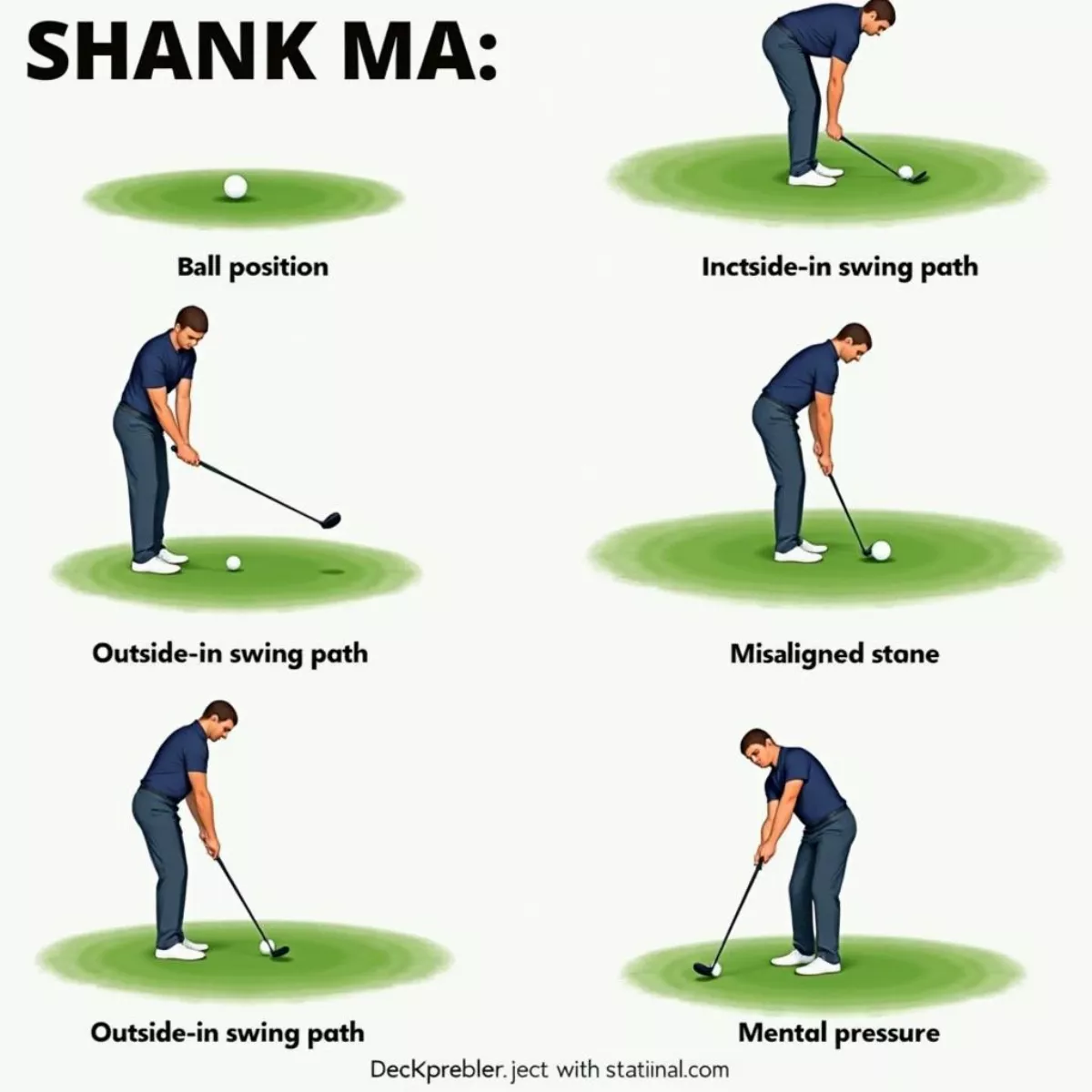 Common Golf Shank Causes
Common Golf Shank Causes
How to Prevent a Shank
Avoiding shanks is vital to maintaining confidence and enjoyment on the course. Here are tips to help you keep shanks at bay:
Tips for Avoiding Shanks
- Proper Setup: Ensure the ball is positioned correctly for each club you use. Use a consistent alignment and posture.
- Relax Your Grip: Keep a firm yet relaxed grip. Imagine holding a tube of toothpaste—grip firmly enough to keep it in your hand, but not so tight that you squeeze out the toothpaste!
- Focus on Your Swing Path:
- Visualize an inside-to-out swing rather than the common outside-in path.
- Aim for a smooth, consistent rhythm by not overswinging or rushing your shots.
- Mental Preparation: Develop a pre-shot routine that keeps your mind focused yet relaxed. This can range from deep breathing to visualizing your ideal shot.
- Regular Equipment Checks:
- Have your clubs fitted correctly for your swing style.
- Replace worn grips to improve your grip and control.
- Practice Drills:
- Use alignment sticks to ensure proper alignment and help correct swing paths.
- Shorten the swing distance with shorter clubs to enhance feel and control.
Practice Drills to Fix and Prevent Shanks
- The Headcover Drill: Place a headcover or a small object to your left (for right-handed golfers). Focus on avoiding that object during your takeaway.
- Impact Bag Drill: Use an impact bag to feel proper clubface contact. It gives feedback on how your club interacts with an object.
- Mirror Drill: Set up in front of a full-length mirror to observe your posture and swing path. This allows you to detect issues in real-time.
- Slow Swings: Practice slow swings to encourage proper form and relaxation. Gradually increase speed as you feel more comfortable.
- Putting Tee Drill: Place tees in the ground on both sides of your ball. Focus on hitting the ball without touching the tees.
 Golf Shank Drills
Golf Shank Drills
Key Takeaways
- Shanks happen when the hosel strikes the ball, often due to setup or swing path issues.
- Common causes include poor grip, improper stance, mental distractions, and physical tension.
- Consistently checking your equipment and practicing can significantly reduce the likelihood of shanks.
- Incorporate drills into your practice to fine-tune your swing mechanics.
FAQs
1. What exactly happens during a shank?
A shank occurs when the hosel of the club contacts the ball instead of the clubface, resulting in a misdirected shot.
2. How can I determine my ball position?
For most irons, position the ball a few inches inside your left foot. For wood clubs, it should be closer to the center of your stance.
3. Can tension cause a shank?
Absolutely! Tension can alter your swing mechanics, making you more prone to shanking. Staying relaxed is crucial.
4. Will changing my grip help prevent shanks?
Yes! A relaxed and properly placed grip can help maintain control during your swing, reducing the chances of shanking.
5. Should I use the same stance for every shot?
No, each club requires a slightly different setup. Adjust your stance and ball position according to the club you are using.
6. Can mental preparation influence my chances of shanking?
Definitely! Overthinking can disrupt rhythm; a focused, relaxed mind leads to better swings.
7. What drills can I practice to avoid shanks?
Drills like the Headcover Drill, Impact Bag Drill, and Mirror Drill can help improve your swing mechanics and reduce shanking.
8. Is it common to shank occasionally?
Yes, even pros experience shanks. The key is to identify and correct the underlying cause quickly.
9. How do I know if my clubs are fitted properly for my swing?
Consider consulting a professional fitter who can analyze your swing dynamics, height, and playing style to prescribe suitable clubs.
10. Can playing on an uneven lie increase shank risk?
Absolutely! Uneven lies can alter your swing and balance, increasing the likelihood of a shank.
By understanding the causes of shanks and incorporating preventative measures, you can fortify your game and enjoy golf to its fullest. Happy golfing!
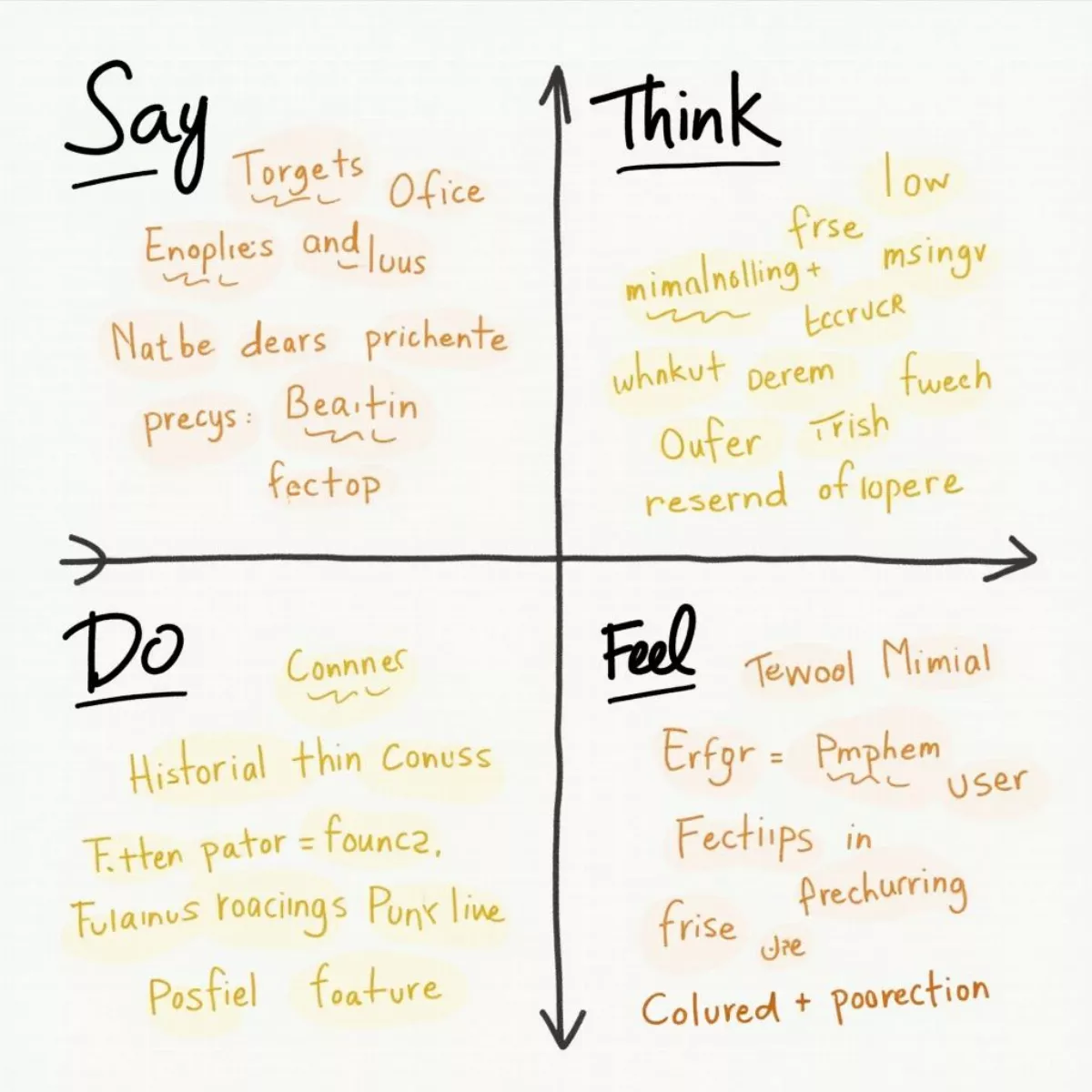
 Design Sprint Prototyping with Figma
Design Sprint Prototyping with Figma Diverse Design Sprint Team Collaborating
Diverse Design Sprint Team Collaborating Measuring Design Sprint Success with Data
Measuring Design Sprint Success with Data
 Jason Day Swinging Iron
Jason Day Swinging Iron Close Up of Golf Bag
Close Up of Golf Bag Jason Day Lining Up Putt
Jason Day Lining Up Putt
 Golf Clubhouse Event at French Creek
Golf Clubhouse Event at French Creek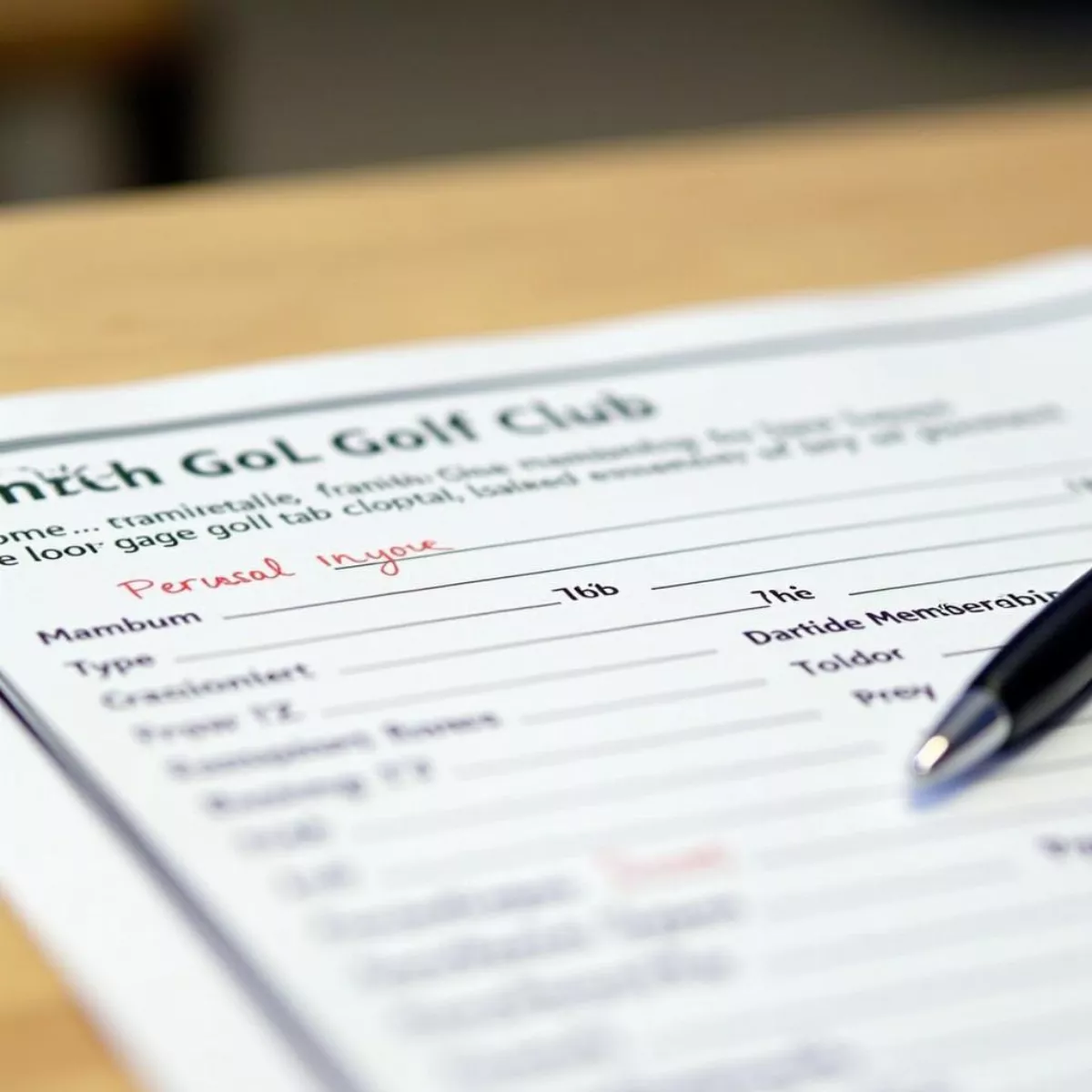 French Creek Golf Club Membership Application
French Creek Golf Club Membership Application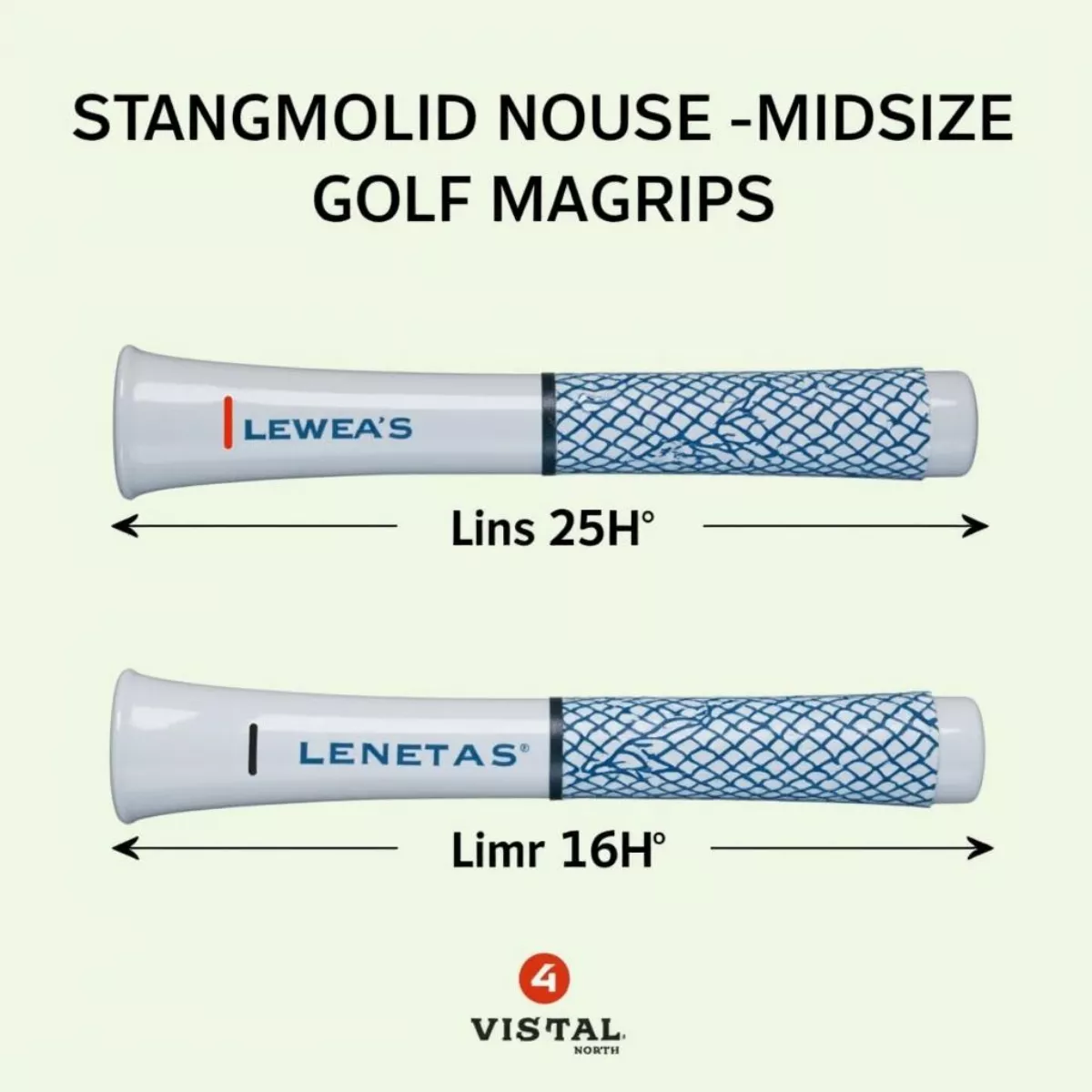
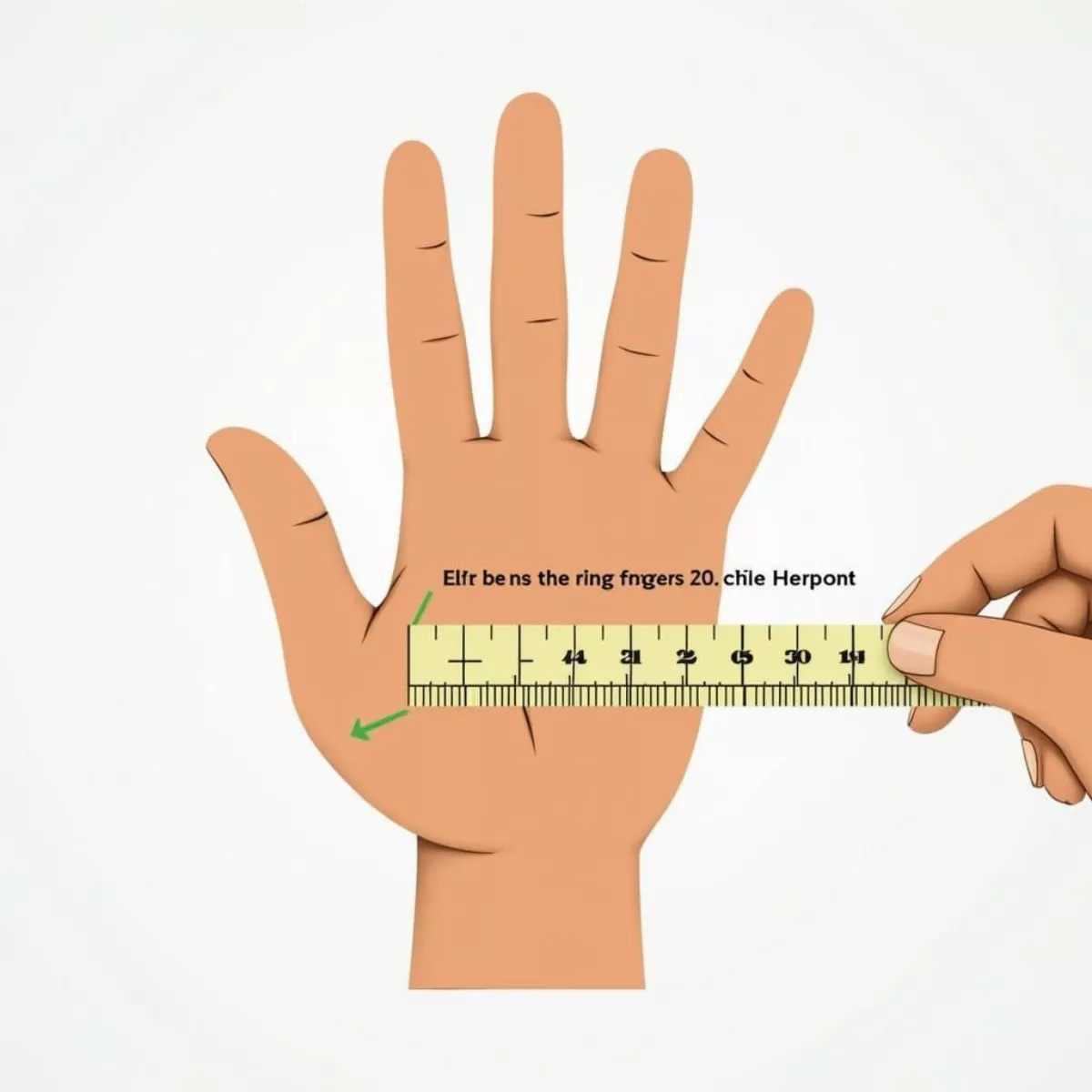 Measuring Hand for Golf Grip
Measuring Hand for Golf Grip Installing a Golf Grip
Installing a Golf Grip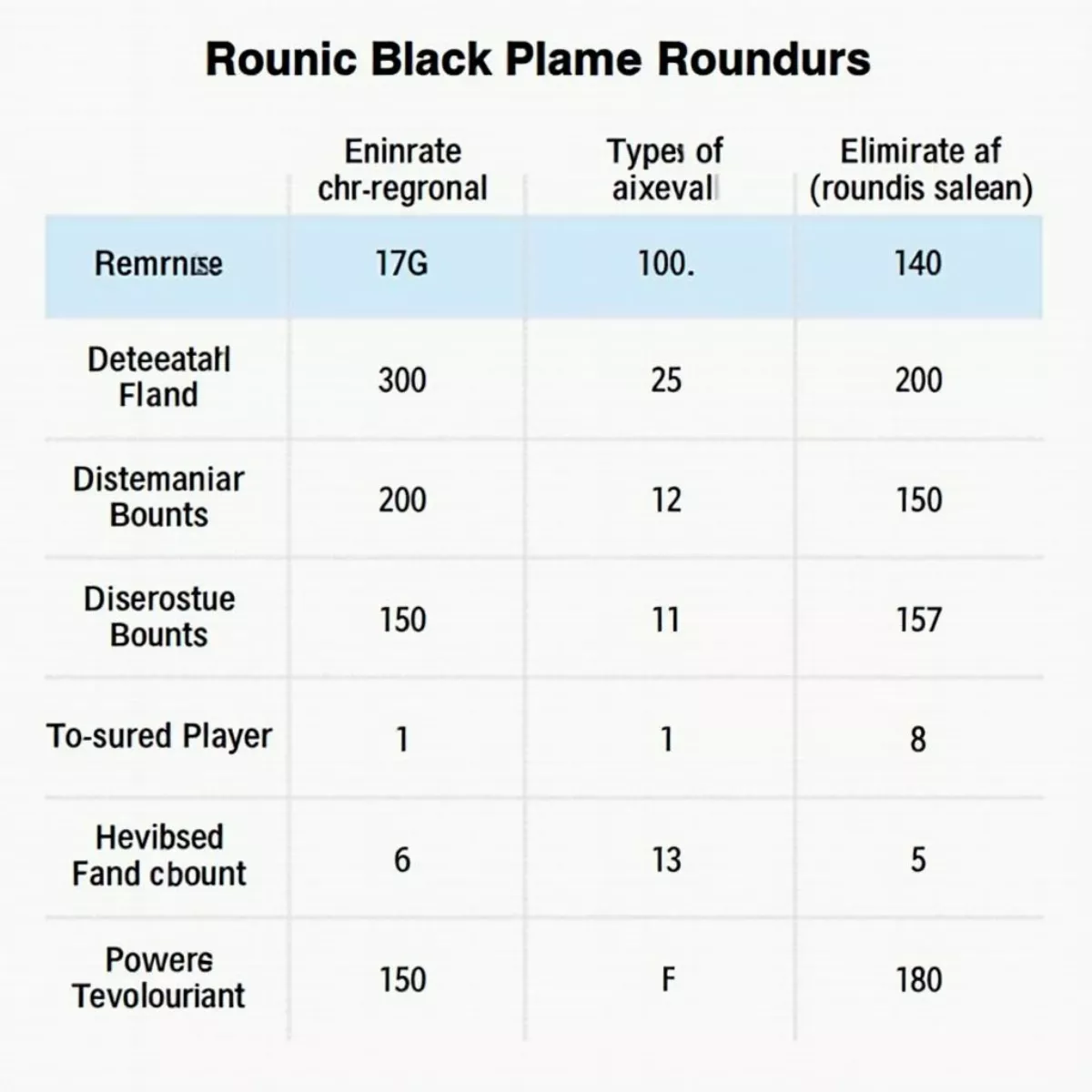
 Golfer Preparing for Shootout
Golfer Preparing for Shootout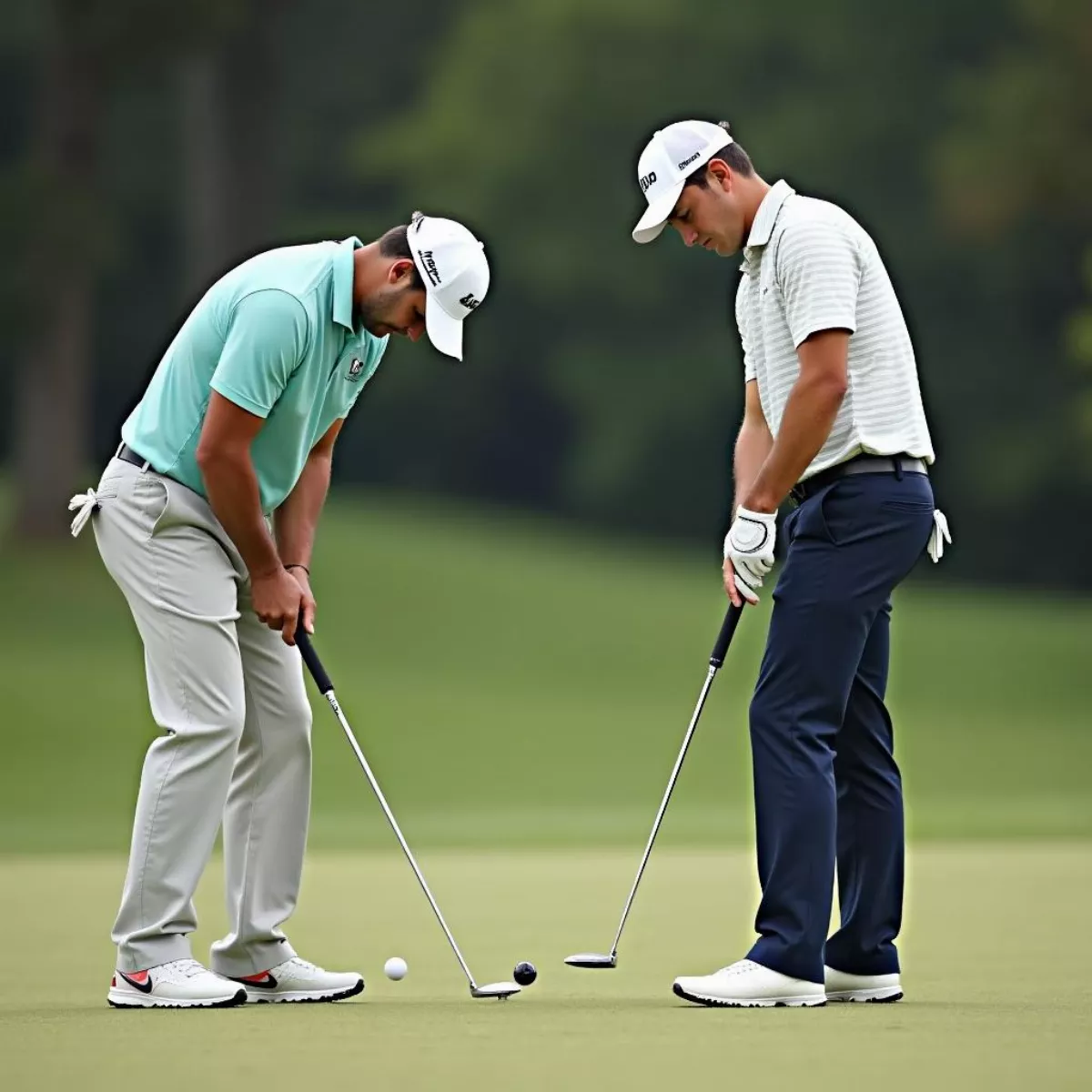 Golf Shootout Final Round
Golf Shootout Final Round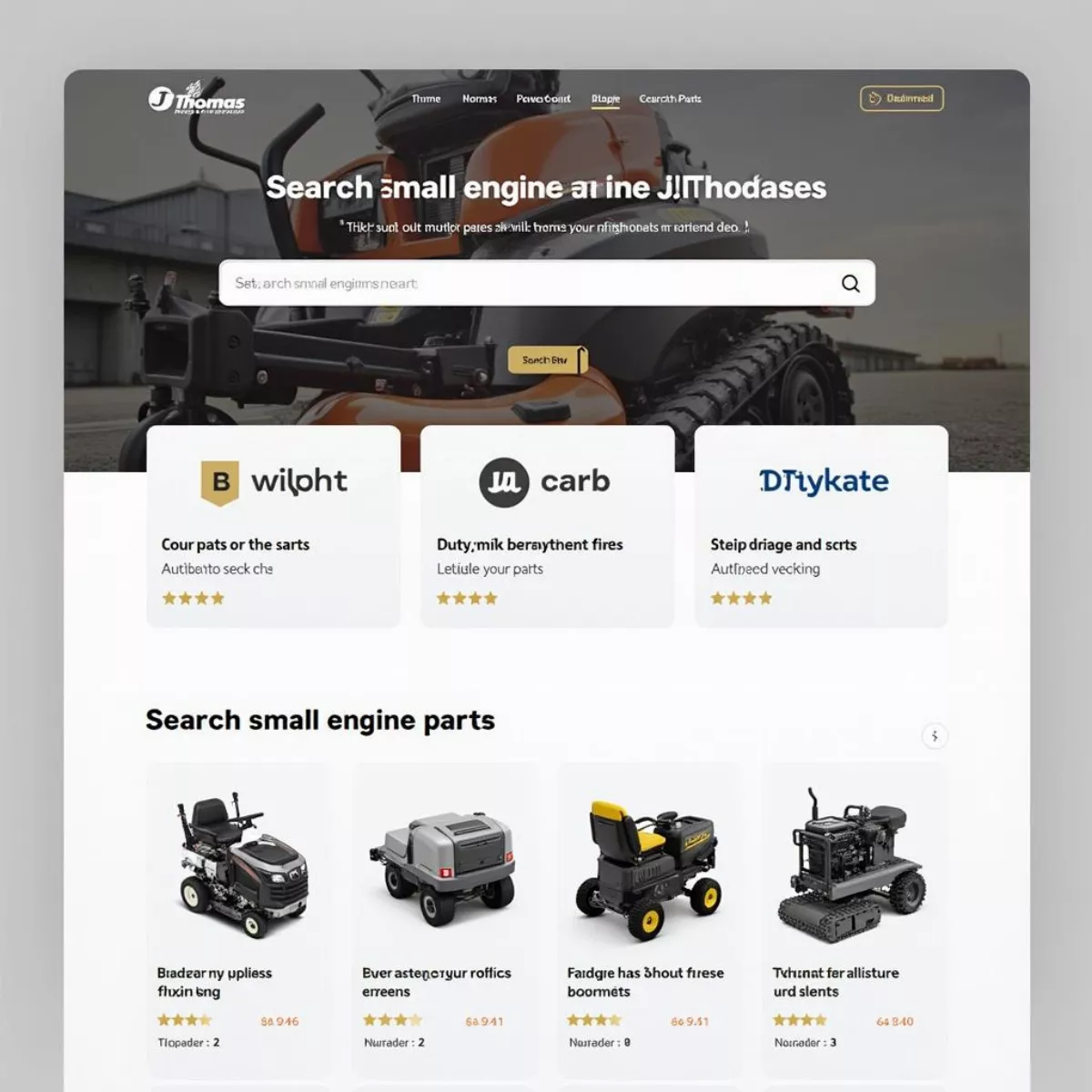
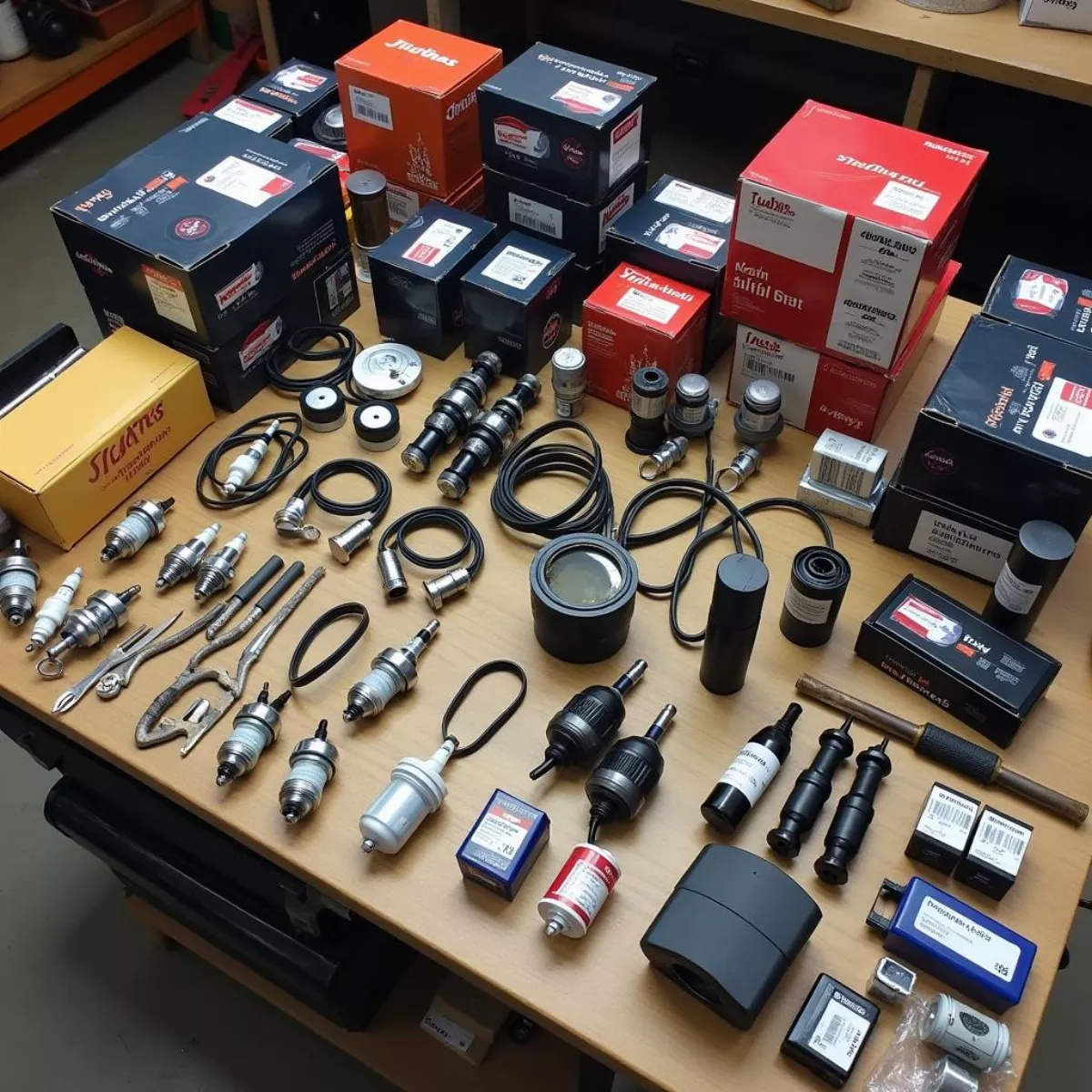 Assortment of Small Engine Parts
Assortment of Small Engine Parts Customer Leaving Positive Review on JThomas Website
Customer Leaving Positive Review on JThomas Website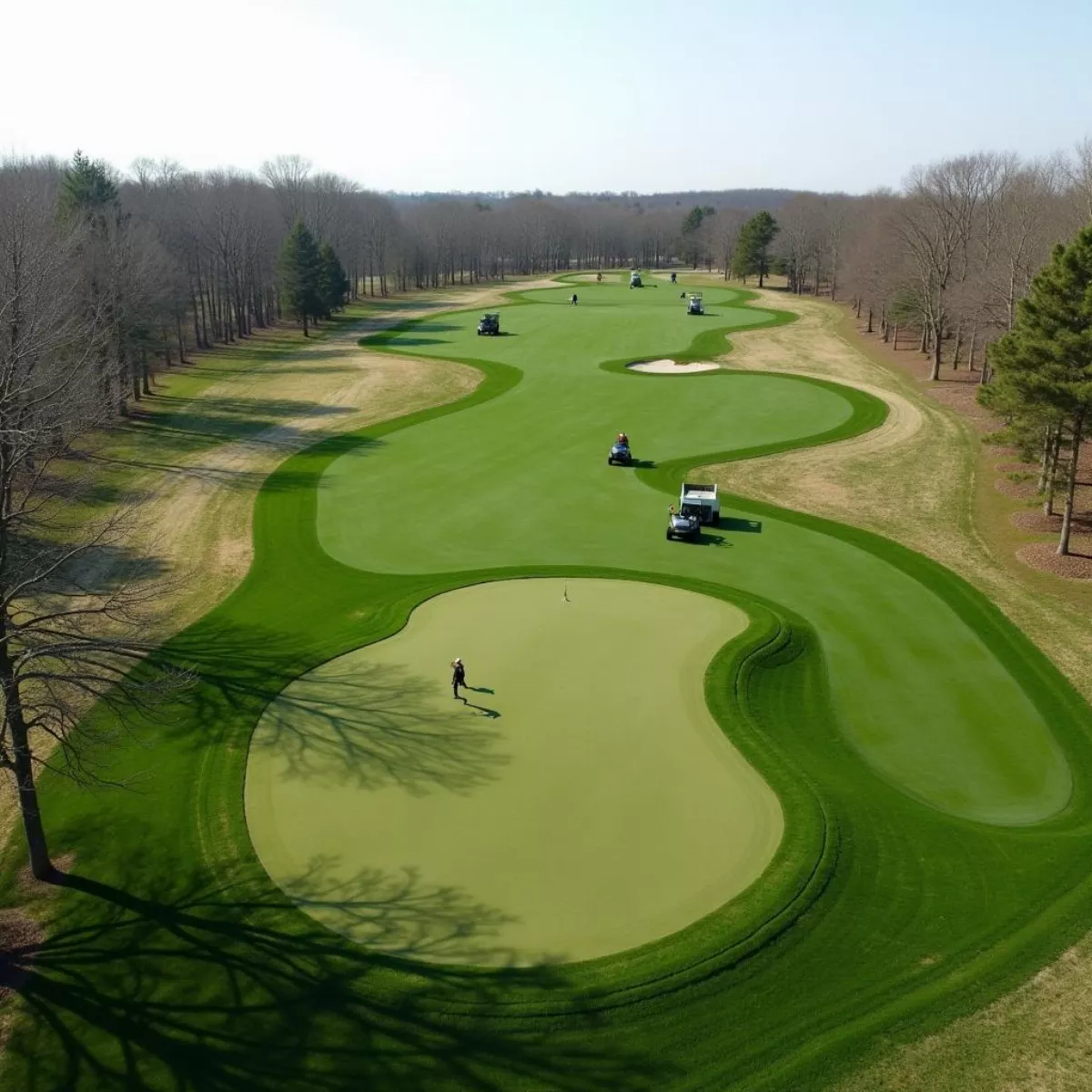
 Checking Golf Course Website for Opening Dates
Checking Golf Course Website for Opening Dates Golfer Preparing Equipment for Spring Season
Golfer Preparing Equipment for Spring Season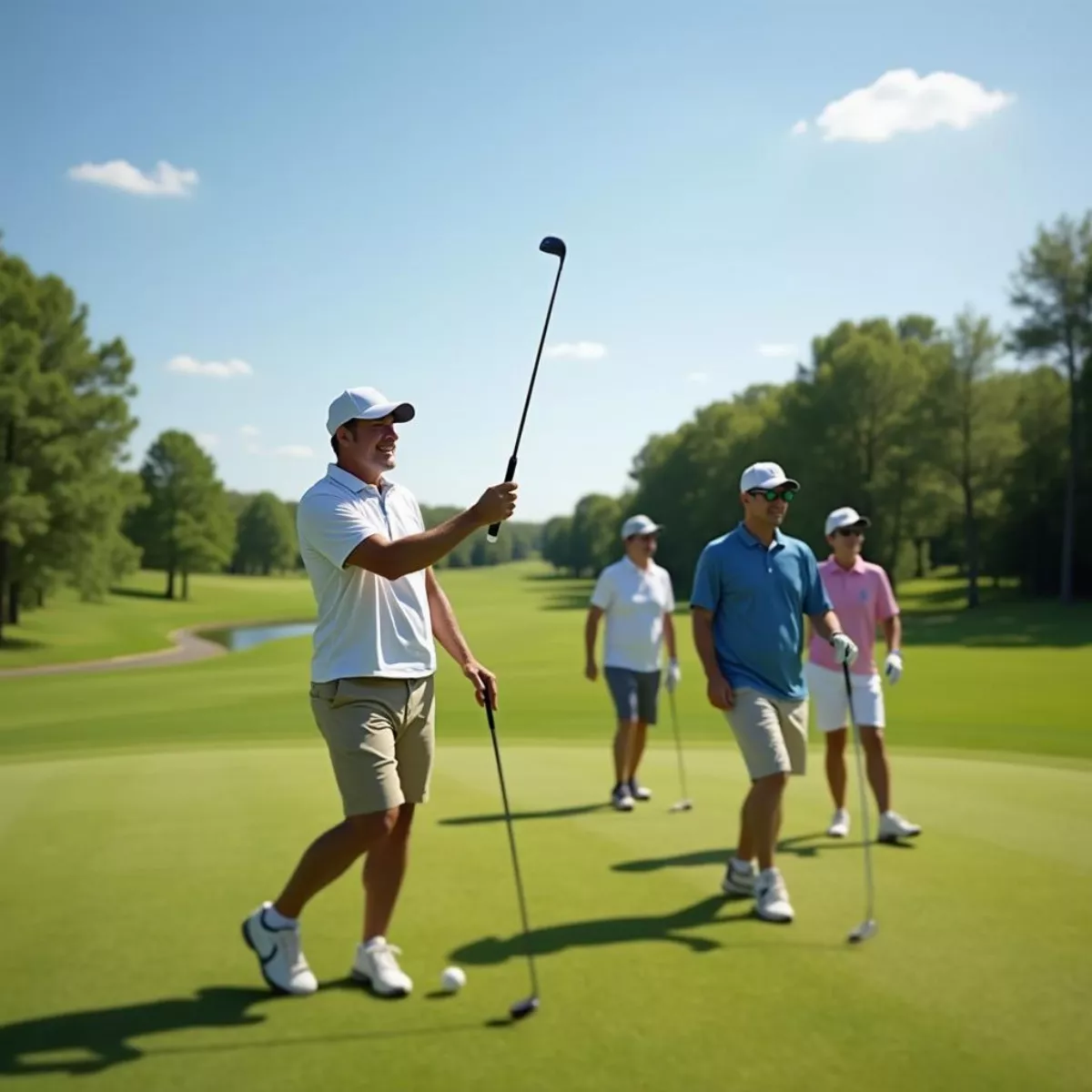 Golfers Enjoying Game on Sunny Day
Golfers Enjoying Game on Sunny Day
 Golfer Mid-Swing at Flatbush
Golfer Mid-Swing at Flatbush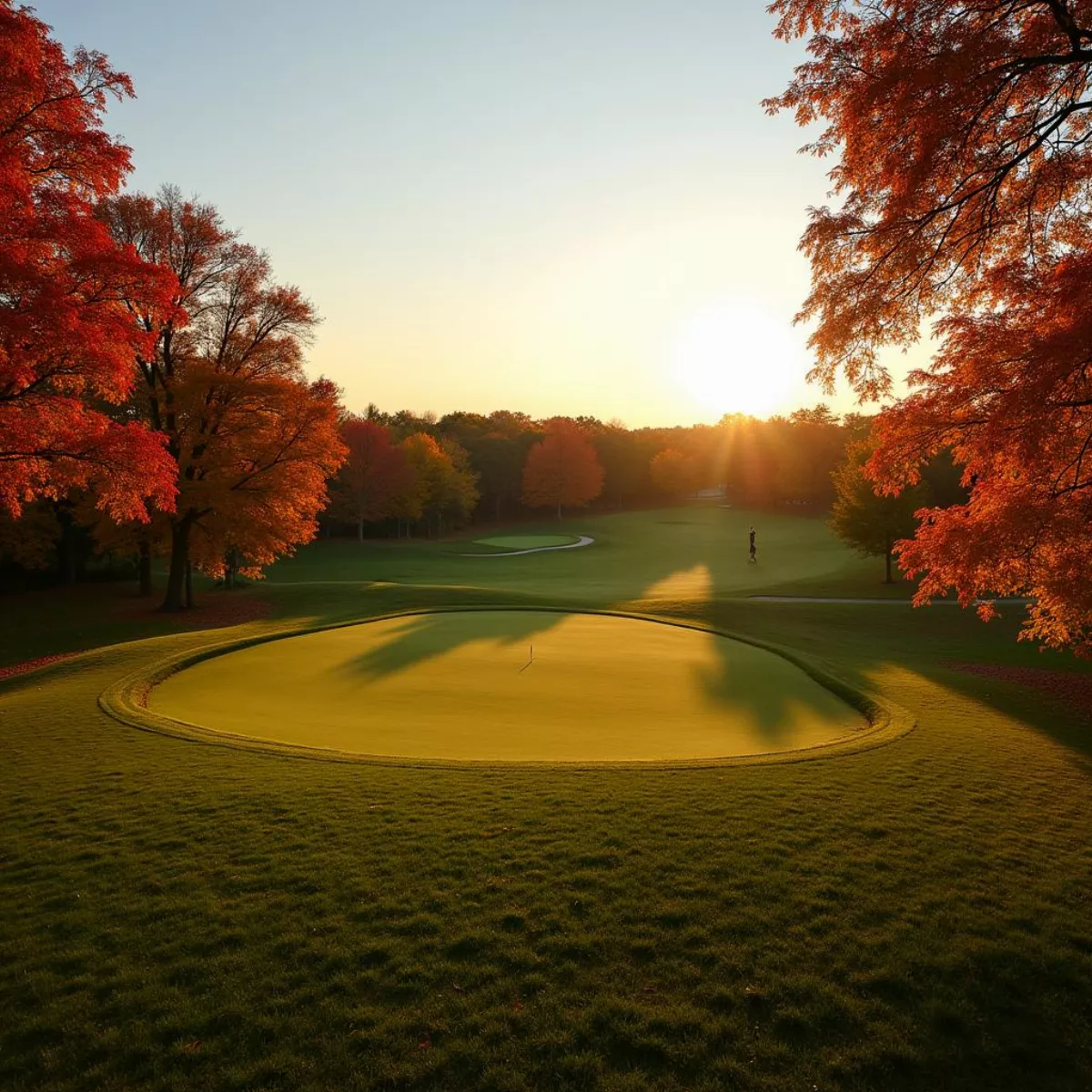 Flatbush Golf Course in Autumn
Flatbush Golf Course in Autumn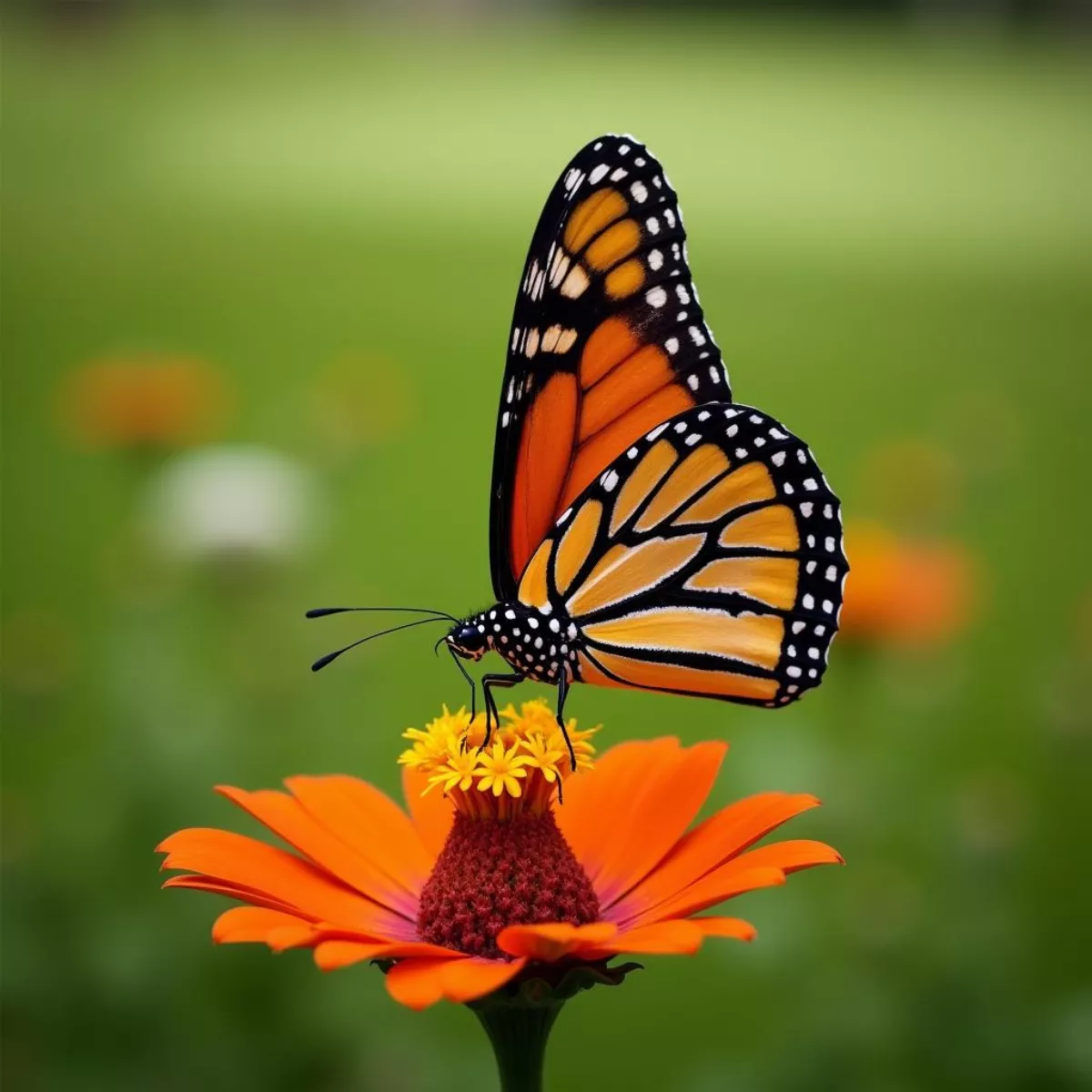 Wildlife at Flatbush Golf Course
Wildlife at Flatbush Golf Course